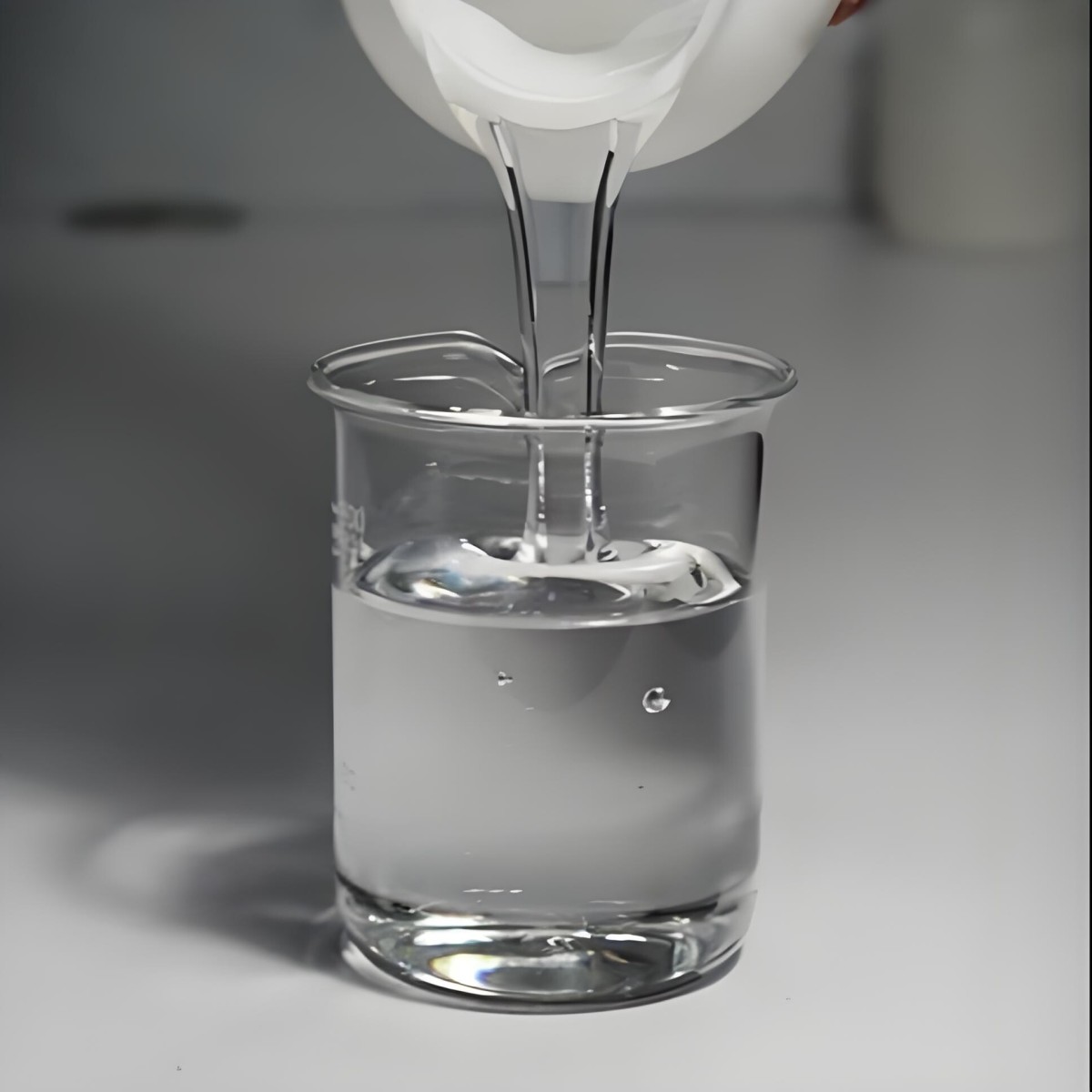Categories List

1. Lubricants
Lubrication for Precision Machinery
In precision machinery such as watches, optical instruments, and electronic devices, dimethicone is an ideal lubricant. Its low volatility and good chemical stability enable it to maintain lubrication performance over a long period, preventing any impact on mechanical accuracy due to lubricant deterioration. For example, in the movement of a mechanical watch, applying dimethicone can reduce friction between parts, minimize wear and tear, and ensure accurate timekeeping.
Lubrication for High - speed Rotating Components
For mechanical components that rotate at high speeds, like the bearings of high - speed motors, the low viscosity and high flash point of dimethicone can effectively reduce frictional heat generation. This prevents component damage caused by excessive temperature, ensuring the stable operation of the equipment.
Lubrication in Special Environments
In machinery operating in special environments such as high - temperature, low - temperature, humid, or chemically corrosive conditions, dimethicone can play a unique role. In the chains of high - temperature furnaces or the transmission components of chemical equipment, it will not lose its properties or deteriorate due to temperature changes, continuously providing reliable lubrication.
2. Damping Materials
Vibration Damping and Shock Absorption
In some mechanical devices that require vibration damping and shock absorption, such as the suspension systems of cars and the shock - proof bases of precision instruments, dimethicone can be used as a damping medium. Utilizing its viscosity, it converts mechanical energy into heat energy, effectively absorbing and consuming vibration energy, reducing vibration and noise, and improving the stability and comfort of the equipment.
Stabilizing Moving Parts
In the zoom and focus mechanisms of optical lenses, dimethicone provides appropriate damping, enabling smooth movement of the lenses. This prevents sudden changes in focal length or viewing angle caused by vibration or external interference, ensuring high - quality imaging.
3. Release Agents
Release in Rubber and Plastic Molding
During the production and molding of rubber and plastic parts, dimethicone, as a release agent, can form a separation film on the surface of the mold. This reduces the adhesion between the product and the mold, making it easy to demold the formed rubber and plastic products. This not only reduces the rejection rate but also improves production efficiency. For example, in the manufacture of automobile tires, dimethicone helps the tires to be smoothly removed from the mold without affecting the surface quality of the tires.
Release in Metal Casting
In the metal casting process, dimethicone can also be used for mold release treatment. It effectively prevents the adhesion of molten metal to the mold, resulting in smooth - surfaced castings, reducing cleaning and processing procedures. At the same time, it protects the mold and extends its service life.
4. Protective Coatings
Anti - corrosion Protection
Coating the surfaces of mechanical parts prone to corrosion with a protective coating containing dimethicone can form a dense hydrophobic film. This film prevents moisture, oxygen, and corrosive substances from coming into contact with the metal surface, thus providing anti - corrosion protection. For example, mechanical equipment in a marine environment can significantly improve its seawater corrosion resistance after being treated with a dimethicone - based coating.
Dust and Water Resistance
For some machinery that needs to be protected from dust and water, such as the casings of outdoor electrical equipment and the lenses of industrial cameras, the dimethicone coating can effectively block dust and water droplets from entering the interior, protecting key components and ensuring the normal operation of the equipment.
Click the link below to learn more about the product specifications
Leave A Reply



